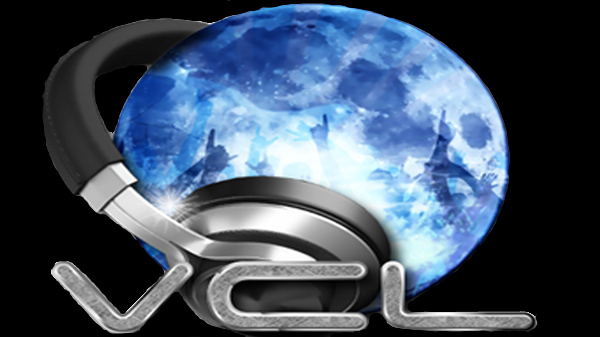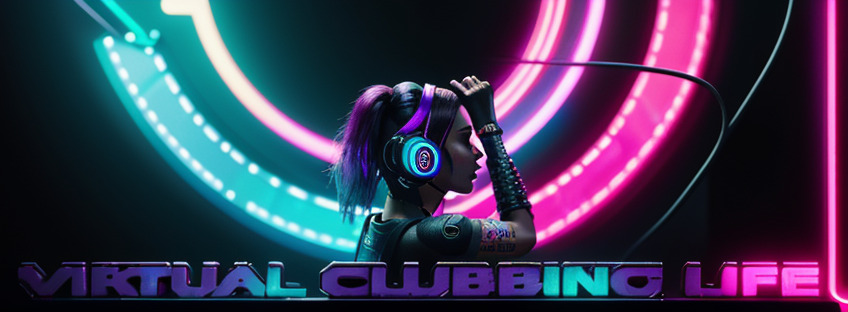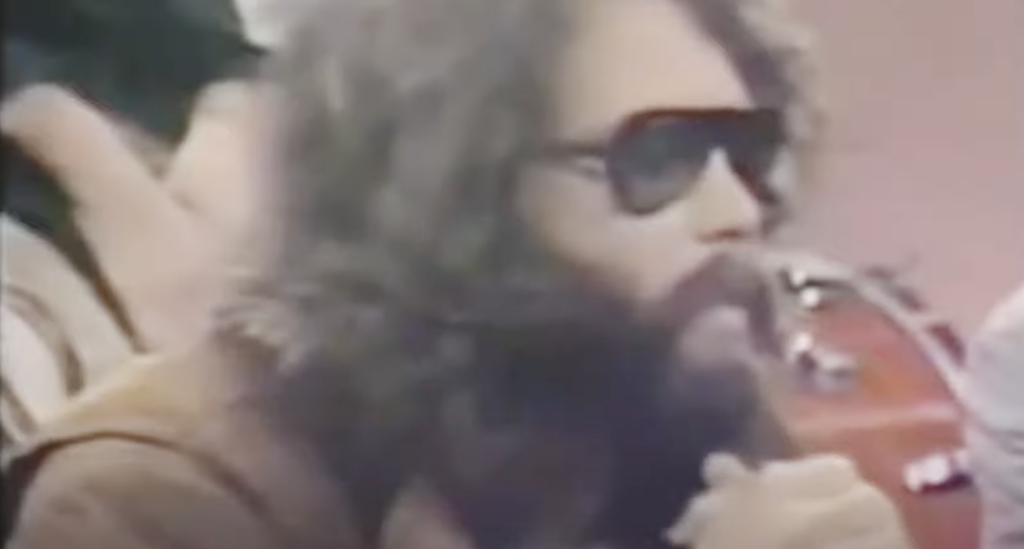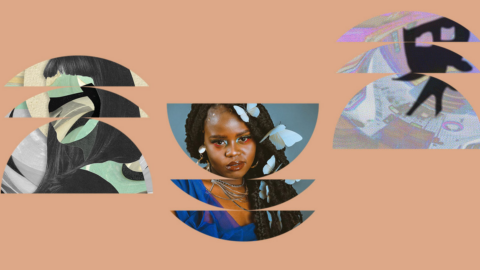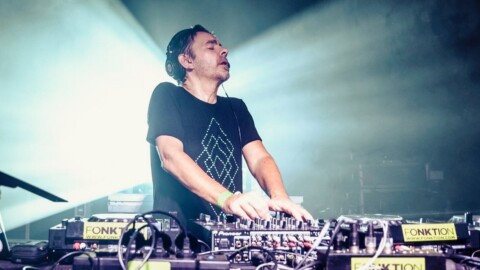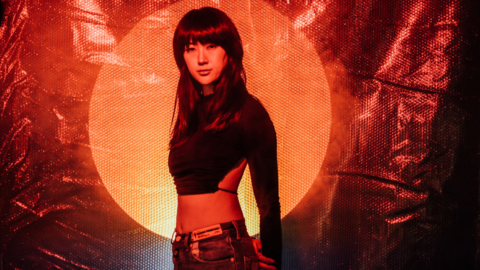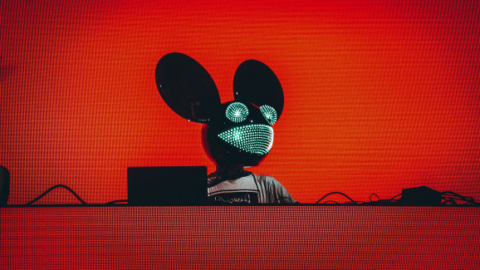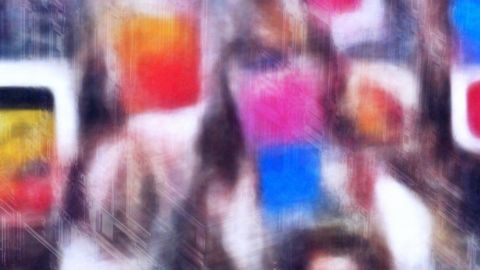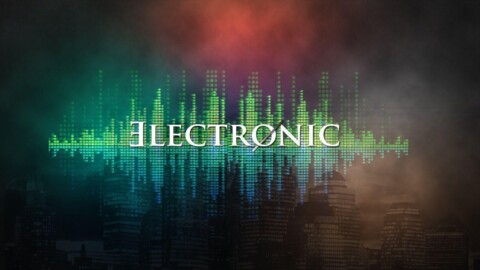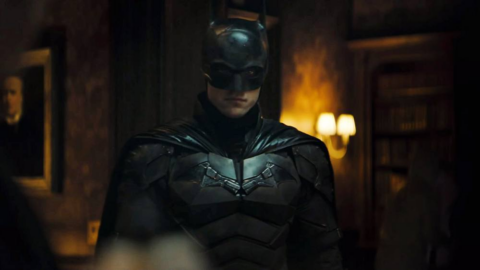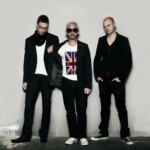Jim Morrison didn’t fare particularly well, health-wise, in the last years of his life. Alcoholism took a heavy toll, as we know. “Images of him with the shaggy beard, hair receding at the temples, and excess flesh gathering around the armpits,” writes Rob Fischer at Rolling Stone, “can resemble, in retrospect, T.J. Miller more than Father John Misty. This is the out-to-seed drunkard that Val Kilmer portrays in Oliver Stone’s iconic film The Doors.” It is also an unfortunate caricature that leaves out the creative and intellectual energy still left in the artist once called “the first major male sex symbol since James Dean died and Marlon Brando got a paunch.”
There was always more to Morrison than that, and in the 1969 interview above, filmed over a week in L.A. with Rolling Stone‘s Jerry Hopkins, he is still “remarkably sharp,” Fischer writes.
Even though the conversations included many rounds of whiskey, scotch and beer, his responses give the impression of a thoughtful and engaged artist struggling to realize the full extent of his already colossal powers of expression. He was reading widely, writing poetry, gravitating more towards filmmaking, all while longing to reconnect with the explosive energy that comes with playing small venues and clubs like the Whiskey a Go Go.
Morrison and the Doors were experimental artists, taking musical risks and selling them with sex. The Doors were the first rock band, for example, to use the new Moog synthesizer on an album. Even before Wendy Carlos’ Switched-On Bach introduced popular audiences to the technology of audio synthesis in 1968, the band brought jazz musician Paul Beaver into the 1967 recordings sessions for Strange Days to use Moog for effects on several tracks and to distort Morrison’s voice.
Beaver, an early adopter of the synthesizer, produced two seminal Moog records in the late sixties: The Zodiac: Cosmic Sounds (1967) with Mort Garson and double album The Nonesuch Guide to Electronic Music (1968) with Bernie Krause.
Therefore, when Morrison, in his astute analysis of American music, “predicts” the future of electronic music in 1969 during the course of his interview with Hopkins, he knows of what he speaks. He’s already seen it, and being the hip guy that he was, he had likely heard the work of electronic pioneers Silver Apples and maybe even of the band White Noise, a side project of BBC Radiophonic Workshop composer Delia Derbyshire that produced music far ahead of its time that very year — music made almost exactly the way he describes:
I can kind of envision one person with a lot of machines, tapes and electronics set up, singing or speaking while using machines….
At the end of the brief clip at the top, we hear Hopkins ignore this idea and move Morrison back to talking about rock. But Jim had already moved on — and so had the culture, he knew. The music he describes was happening all around him, and we might imagine he was a little frustrated that other people couldn’t hear it. What Morrison brought to it, however — or might have, had he lived — was the lyrical, the sensual, the performative, the melodramatic, and the truly frightening, all qualities it would take new wave and goth acts like Echo and Bunnymen, Depeche Mode, and a host of Doors-influenced dark wave bands to bring to fruition in the electronic music of future past.
